A recent piece in Real Estate Weekly (REW) points out that although the FHA has instituted new multifamily lending caps this year vs last, those same caps don’t apply to Green Finance programs. We’ve written previously about investors turning to green financing for their projects. This article notes that both Fannie Mae and Freddie Mac continue to update and upgrade their green finance incentives and given the benefits to borrowers, they’ll have plenty of customers seeking loans. BAM looks at how Freddie and Fannie’s green loans could work for multifamily investors.
Strong Upside
According to the REW piece, there are plenty of reasons an agency lender or multifamily borrower would seek one of these Freddie or Fannie loans. They mention some of the positives to a green loan, like preferred pricing, reimbursement for an energy study cost, additional loan proceeds, higher underwritten NOI, and more. Fannie Mae recently announced a new program for affordable housing new construction, called Healthy Housing Rewards. For properties that follow the program, they provide basis point interest rate reduction.
Plenty of Requirements
As any investor who has ever worked with Freddie or Fannie knows, there are great benefits for the borrower but plenty of hoops to jump through. As we noted in a recent post last week, our CEO Ivan Barratt revealed his experience working with HUD financing and the ton of paperwork and red tape involved. He also pointed out one upside to what could otherwise be a frustrating experience: these loan requirements are there to help you succeed. For Freddie and Fannie green financing, they require diligent work and proof that mandated upgrades are made. The REW article notes that by using an environmental consultant who’s been around the block, borrowers and lending agencies can enjoy the perks of green financing if they meet the program guidelines.
Wondering if one of the new programs might fit for you? Here is a sampling of some Freddie and Fannie green finance requirements…
Financed improvements will increase water and/or energy savings by more than was previously required, although the borrower can choose between water or energy savings.
Both Freddie and Fannie require forms be submitted to the client (1106 and 4099h, respectively), as well as a Green Report, and both have made changes to their forms. Fannie will decrease site visit sampling, while Freddie has increased site visit sampling.
There is no minimum spend per unit for either Fannie or Freddie, although all selected energy and water improvement costs must be escrowed and work completed within a twelve-month period.
For Fannie’s Healthy Housing Reward program, green spaces, playgrounds, resident programs like day care and job training are all parts of community wellness that contribute to qualifying for the program.
As the REW article says, many properties could benefit from these wellness-based upgrades and green improvements; however, for these Fannie and Freddie green finance programs they’re required. In order to navigate the process of obtaining one of these newly revamped green loans, working with a qualified and skilled environmental or energy consultant might mean the difference in making a long-term successful investment.



